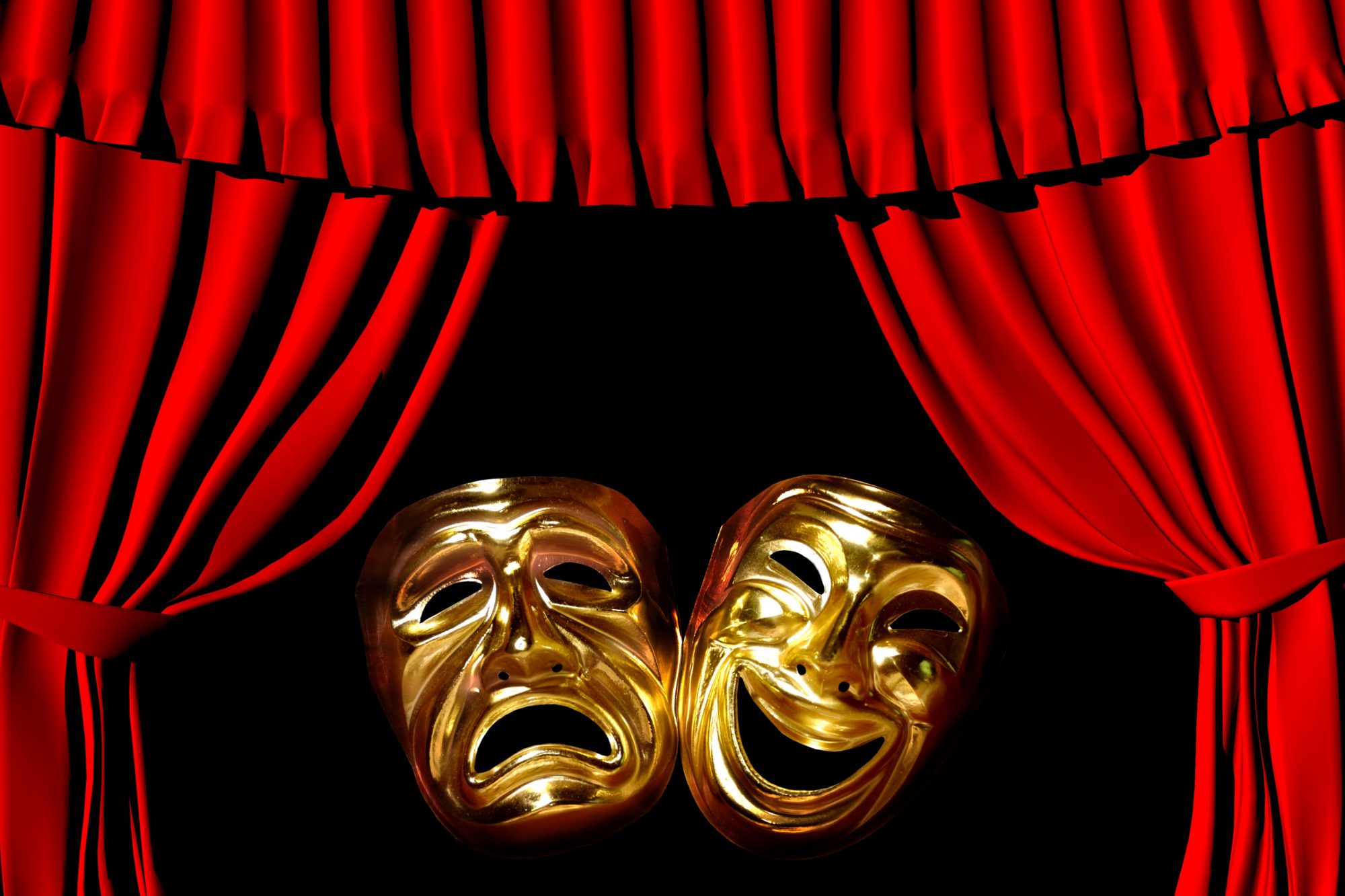
Theatre has long been a mirror to society, reflecting its values, conflicts, and dreams. Within this art form, the representation of LGBTQ+ themes has evolved from hidden subtext to proud and central narratives. This article delves into the rich history of LGBTQ+ theatre, tracing its journey through various periods, landmark productions, and the voices that have shaped its course.
Early Echoes of LGBTQ+ Themes
LGBTQ+ themes have subtly existed in theatre since ancient times, though often veiled to avoid societal backlash. In Ancient Greece, homoerotic undertones could be found in some plays, reflective of the cultural norms of the time. The Renaissance period saw playwrights like William Shakespeare dabble in gender fluidity and homoeroticism, with characters cross-dressing and questioning their sexual identities. These early inklings were significant, laying the groundwork for more overt expressions of LGBTQ+ themes in the future.
The 20th Century: Breaking Boundaries and Confronting Censorship
As the world marched into the 20th century, theatre began to challenge societal norms more boldly. The early 1900s witnessed plays like "The Drag" by Mae West. Although it faced severe censorship and limited public performance, its existence was a rebellious act against the era's oppressive norms.
In the 1960s, Mart Crowley's "The Boys in the Band" made waves by presenting an unapologetic depiction of gay men’s lives. The play was groundbreaking in its candid portrayal of the joys and struggles within the gay community. It was one of the first plays to address homosexuality directly, marking a significant step towards mainstream acceptance.
The AIDS Crisis: Theatre as a Platform for Activism
The 1980s were a turbulent time for the LGBTQ+ community due to the AIDS crisis. Theatre became a powerful tool for activism and awareness. Larry Kramer's "The Normal Heart" premiered in 1985, offering a raw and emotional account of the early days of the epidemic. Kramer, a founding member of the Gay Men's Health Crisis, used the play to highlight the government's neglect and the community's desperate fight for survival.
Tony Kushner's "Angels in America", which premiered in 1991, expanded the conversation about AIDS to a national stage. This epic two-part play explores the impact of the disease on various characters, interweaving themes of politics, religion, and identity. "Angels in America" not only brought LGBTQ+ issues to the forefront but also garnered critical acclaim, winning several Tony Awards and a Pulitzer Prize.
The Modern Era: Celebrating Diverse Narratives
The landscape of LGBTQ+ theatre has become increasingly diverse in recent decades. Today’s productions encompass a wide range of identities and experiences, reflecting the broader spectrum of the LGBTQ+ community.
"Fun Home", a musical adaptation of Alison Bechdel’s graphic memoir, is a prime example. Premiering in 2013, it explores Bechdel’s relationship with her closeted father and her own journey of self-discovery. The musical won five Tony Awards, including Best Musical, highlighting the mainstream acceptance and critical success of LGBTQ+ narratives. Matthew Lopez's "The Inheritance", which premiered in 2018, is another modern masterpiece. Inspired by E.M. Forster’s "Howards End", the play examines the lives of gay men in New York City, spanning generations and addressing themes of love, loss, and legacy. It has been lauded for its deep emotional impact and its thoughtful exploration of the community’s history.
Global Perspectives: LGBTQ+ Theatre Around the World
LGBTQ+ theatre is not confined to Western narratives. Across the globe, playwrights and directors are telling their stories, often in the face of significant cultural and legal challenges. In countries where homosexuality remains illegal, theatre becomes a radical act of resistance.
In India, the play "On a Muggy Night in Mumbai" by Mahesh Dattani, premiered in 1998, was one of the first to deal openly with gay characters. It broke new ground in Indian theatre, sparking conversations about sexuality and acceptance.
In Africa, the work of playwrights like Tarell Alvin McCraney, whose "Brother/Sister Plays" delve into the complexities of identity and sexuality within the African-American and African diasporas, has brought new dimensions to the representation of LGBTQ+ lives on stage.
The Impact of Technology: Digital Theatre and LGBTQ+ Stories
The advent of digital theatre has opened new avenues for LGBTQ+ narratives. Online platforms allow for greater accessibility and the ability to reach global audiences. During the COVID-19 pandemic, many theatre companies pivoted to virtual performances, ensuring that the storytelling continued even in lockdown.
Digital platforms also provide space for more experimental and intimate works, allowing LGBTQ+ creators to push the boundaries of traditional theatre. This shift not only democratizes access to the arts but also fosters a more inclusive environment for diverse voices.
The Future of LGBTQ+ Theatre
LGBTQ+ theatre has come a long way from its subtle beginnings. Today, it stands as a testament to the resilience and creativity of the LGBTQ+ community. As societal acceptance continues to grow, so too will the diversity and richness of the stories told on stage.
Theatre remains a powerful medium for change, providing a platform for underrepresented voices and fostering empathy and understanding. The future of LGBTQ+ theatre is bright, with countless stories yet to be told and new generations of artists ready to share their truths with the world